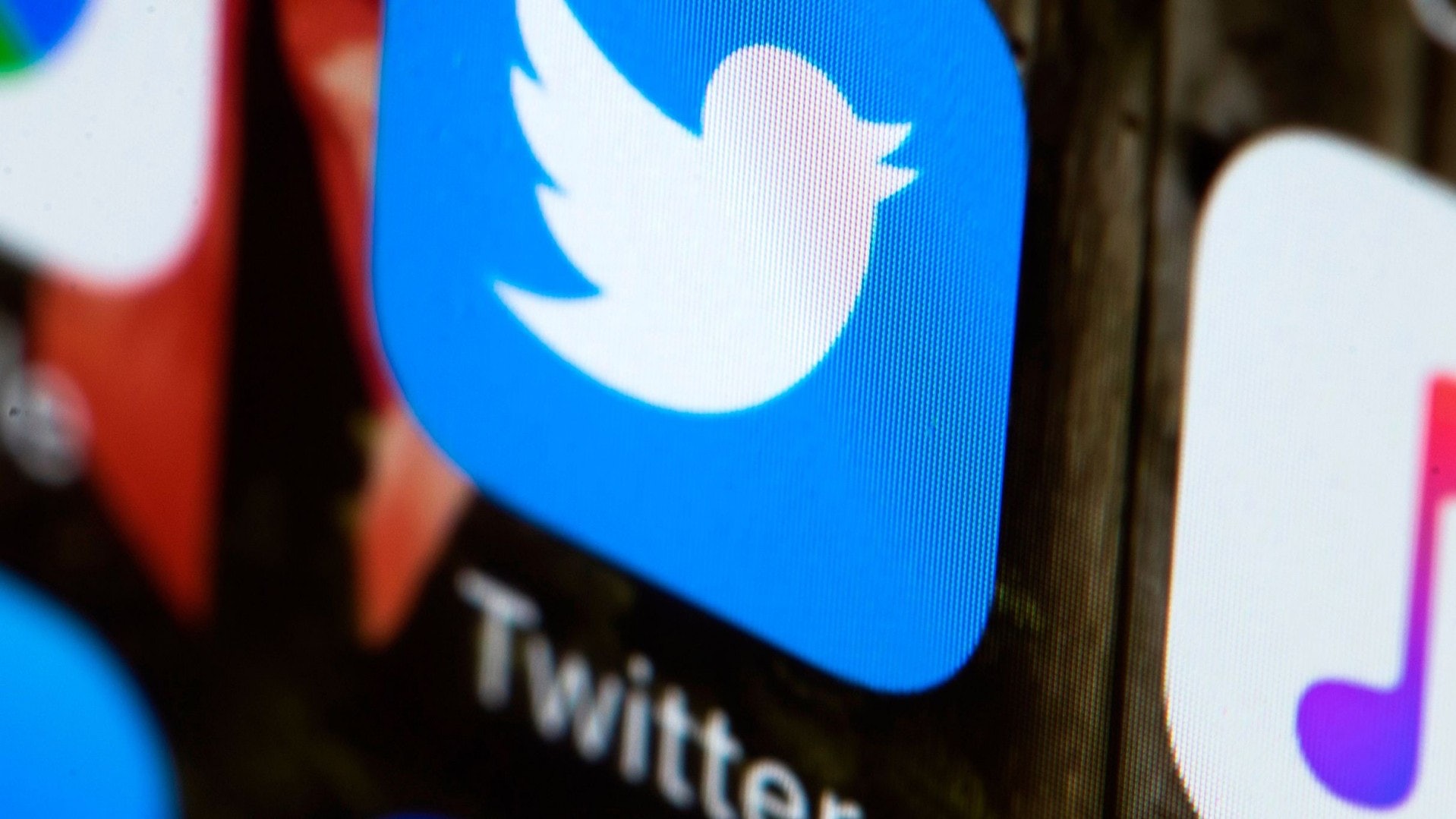US President Trump has always been known as “Twitter Governing the Country,” and for some different voices, he has been directly blocked by laziness, but the practice has been controversial. In May 2018, the Federal District Court of New York ruled that Trump’s blockade of dissidents was unconstitutional and was later appealed by the Department of Justice. The Federal Court of Appeal held the original verdict on Tuesday (9th) and ruled that Trump was unconstitutional.
Three judges of the 2nd US Circuit Court of Appeals in Manhattan unanimously ruled that Trump was unconstitutional. Circuit Judge Barrington Parker quoted several Supreme Court rulings stating that when public officials use social media accounts to perform various official duties, the First Amendment does not allow them to exclude people who express dissent with officials. He stressed that the government cannot render support through the blockade of opposition.
In May 2018, the District Court ruled that Trump was unconstitutional. The Ministry of Justice later appealed that Trump was only expressing personal opinions and was not an open platform for discussion. However, Parker pointed out that Trump’s account is one of the main channels for the White House to perform official duties. It also means that Trump and his aides have regarded the president’s tweets as official statements, and the National Archives are also regarded as official records.
Trump opened a Twitter account in 2009 and currently has 6.18 million followers. From time to time, he promoted policies and slammed opponents through Twitter. In July 2017, Columbia University’s Knight First Amendment Institute and seven Twitter users blocked by Trump challenged Trump to block dissidents.












